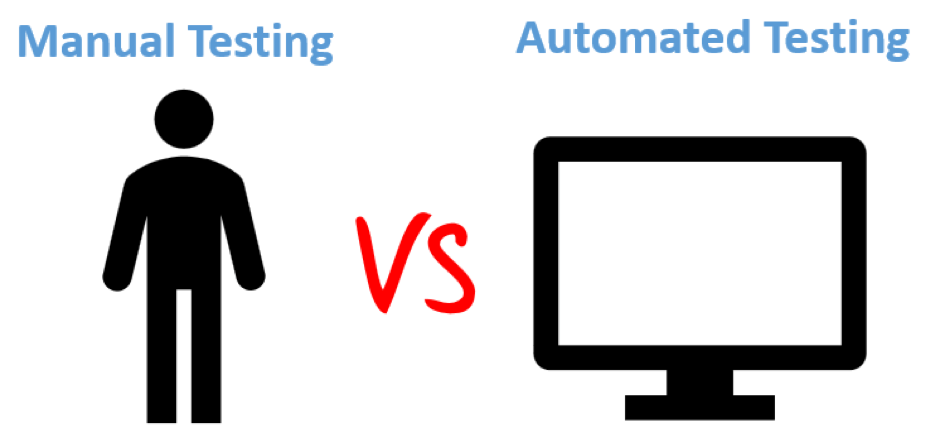Contents
Testing is the weighty part of the total software development cycle. Optimal testing allows you to identify errors and apply edits to an official release, which significantly reduces the cost of refining and upgrading the application.
From the point of view of the methodology, testing is divided into several categories: functional testing, not functional testing, integration, mobile and simplified testing. In turn, not functional testing includes applications tests for stability, the availability of system errors, integration and stability possibilities in various software conditions.
The functional testing method involves the product test in the context of the convenience and ease of use. First of all, the function testing examines the user interface fragments and the functional blocks of the application. Also, under functional testing, the product test is implied under a predetermined focus group, which often borders with a full-fledged start of the first public version of the application.
What is the difference between automated and manual testing?

When manually testing, the workflow occurs with the moderator. For example, the simplest testing may include only one question to a given focus group about the convenience of using the site. In the future, respondents are divided into groups and calculate the percentage of positively configured users. In this case, negative information is systematized and formulated to the format of recommendations for the developer team.
With automatic testing, pre-prepared scenarios are used, which allows you to apply working cycles several times to different areas of the project. Automated testing can cover gigantic information blocks and identify even small defects where the moderator simply cannot identify violations. This site will allow you to learn more about this.
Pluses of automated testing
Over the past decade, automated systems gradually displacing manual labor. This fact refers to testing software solutions. Among the set of advantages, the most important advantages of the automated method can be distinguished:
- Saving time with large-scale tasks. Perhaps one of the main qualities of an automated approach. The moderator is required once to prepare a test script, then the template can be applied on various project objects.
Of course, the tasks can be performed manually, but the automated process is greatly saving time and allows you to focus on more important things.
- Minimizing errors. Automated processes do not react to loads and external stimuli. Speaking by a simple language, the system performs work under any circumstances.
- Saving. With smaller time, less payment will be required to employees. Complete and logical approach. Even if it is necessary to purchase paid tools, an automated approach when testing volume projects will cost less.
In general, when it comes to large-scale projects, it is simply impossible to test the huge array of code manually. This circumstance once again underlines the relevance and demand of automated systems when testing the finished application.
Advantages of manual testing
Many tests are still more convenient to perform manually, especially when it comes to selective testing for a single fragment of the application. In addition to the ease of execution, the manual test method has many advantages:
- Optimum selection for testing user interface fragments.
- Live view on the testing process. Only moderators can comment on sympathy or negative difficulties in functional blocks.
- Focused approach for sample tasks. Manual testing is better suited for small projects where there is no large data stream, and the main task is to analyze individual functions.
Manual testing is suitable for monitoring new features where templates for automatic testing are simply still not yet developed. Also, the active participation of the moderator has a positive effect on the analysis of user interface elements and blocks, where the opinion of an experienced specialist is necessary.

